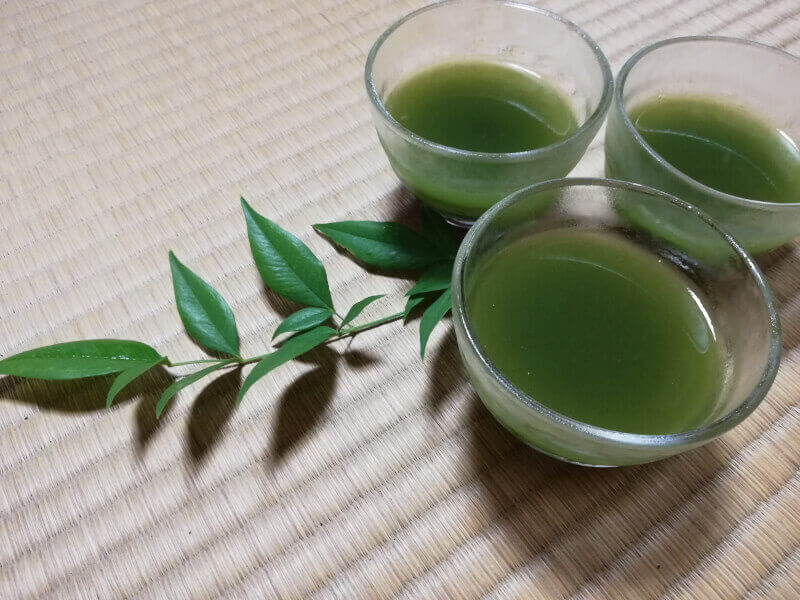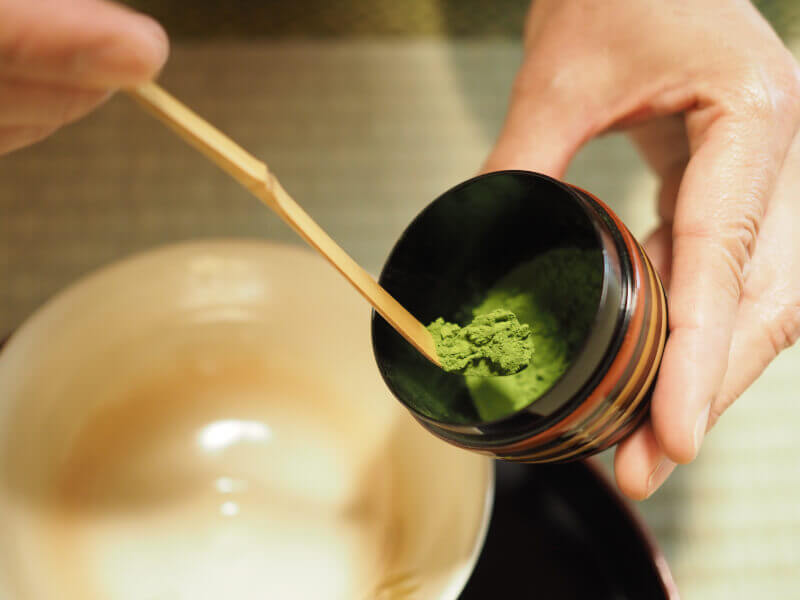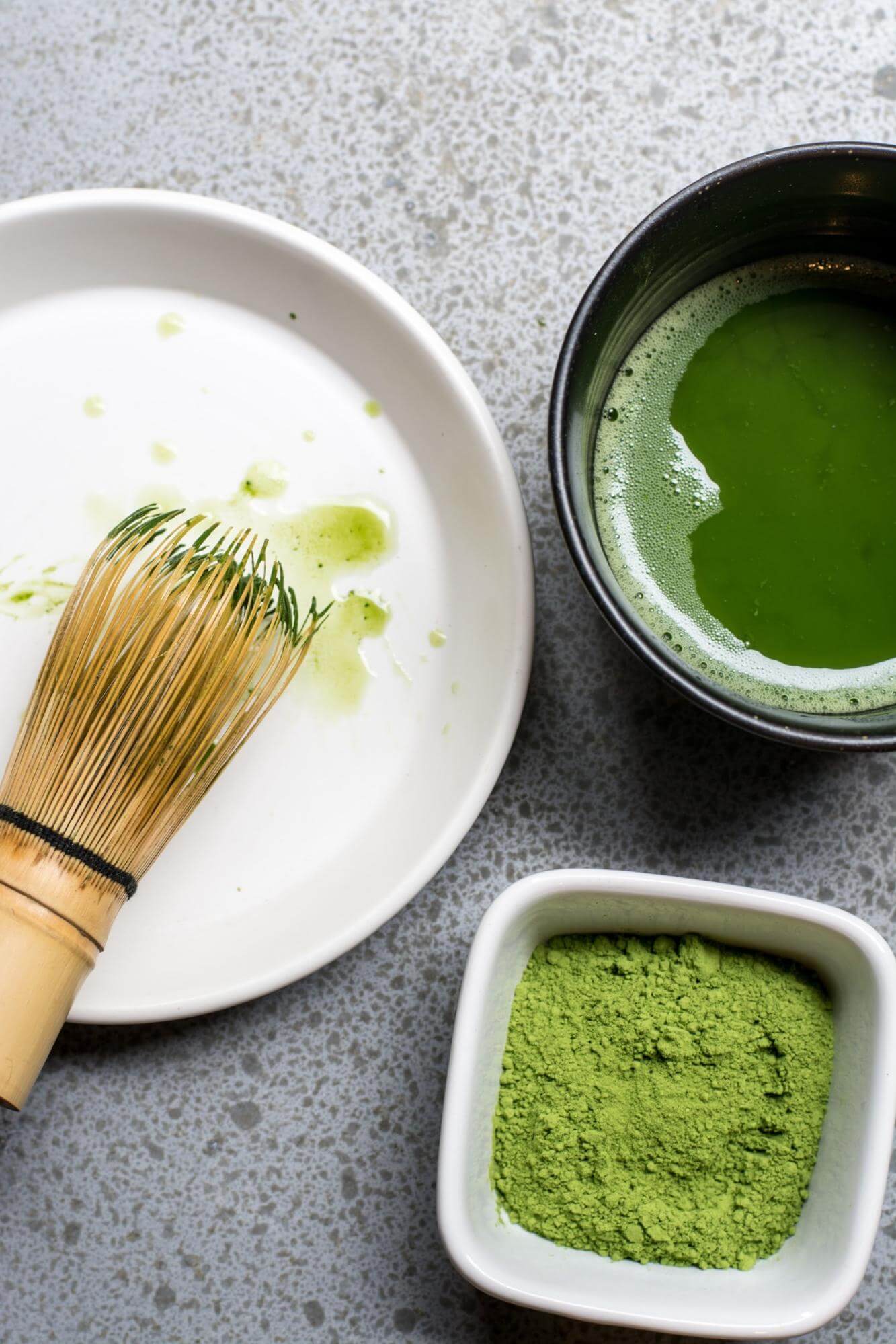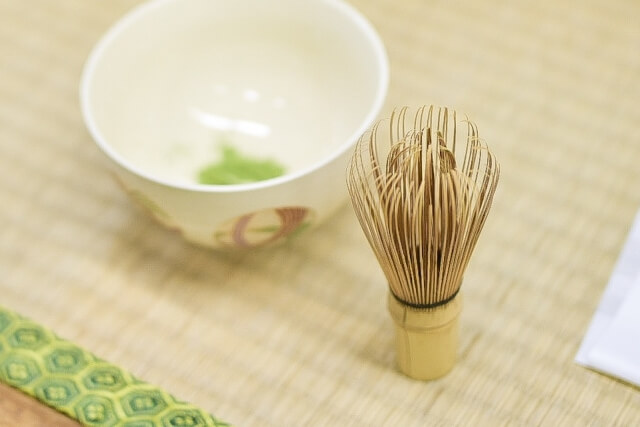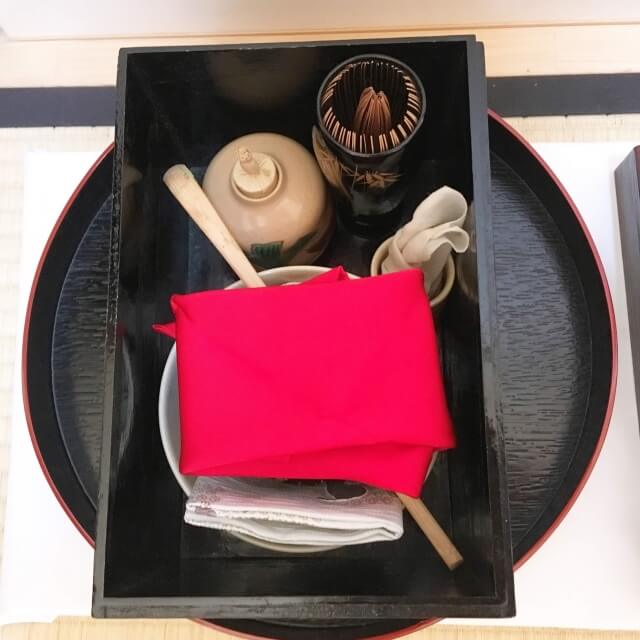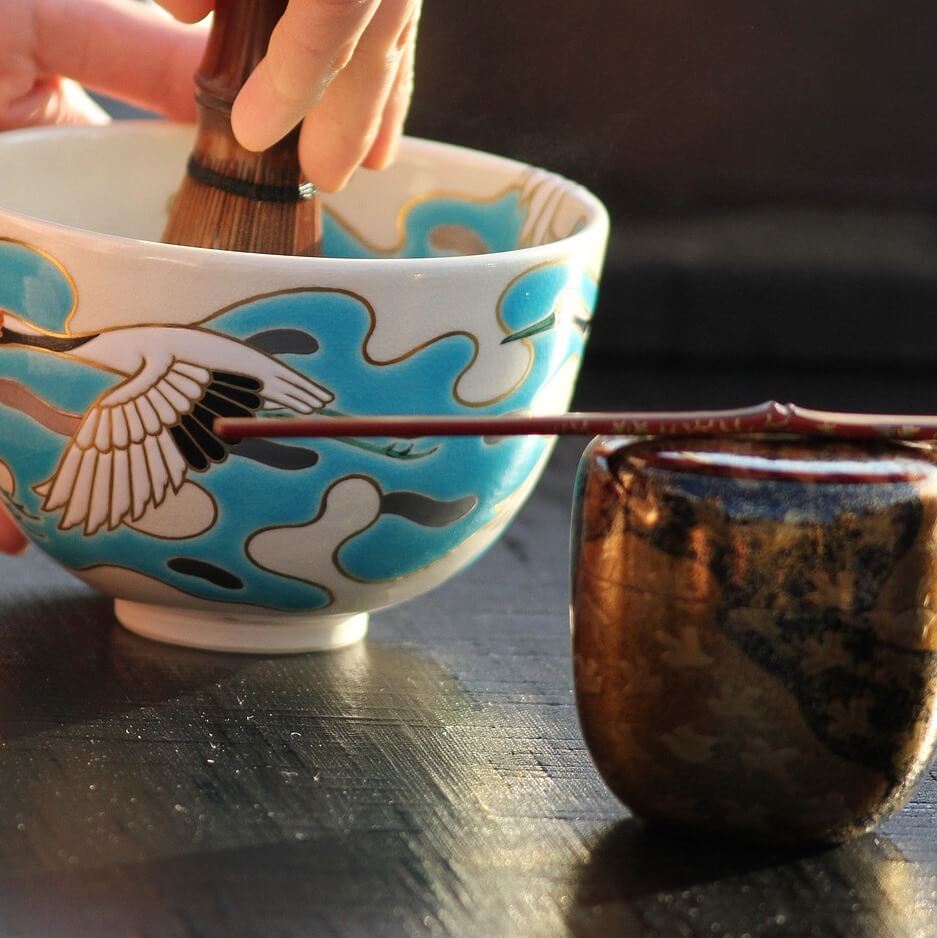

July2025
| Su | Mo | Tu | We | Th | Fr | Sa |
|---|---|---|---|---|---|---|
August2025
| Su | Mo | Tu | We | Th | Fr | Sa |
|---|---|---|---|---|---|---|
September2025
| Su | Mo | Tu | We | Th | Fr | Sa |
|---|---|---|---|---|---|---|
October2025
| Su | Mo | Tu | We | Th | Fr | Sa |
|---|---|---|---|---|---|---|
November2025
| Su | Mo | Tu | We | Th | Fr | Sa |
|---|---|---|---|---|---|---|
December2025
| Su | Mo | Tu | We | Th | Fr | Sa |
|---|---|---|---|---|---|---|
January2026
| Su | Mo | Tu | We | Th | Fr | Sa |
|---|---|---|---|---|---|---|
February2026
| Su | Mo | Tu | We | Th | Fr | Sa |
|---|---|---|---|---|---|---|
March2026
| Su | Mo | Tu | We | Th | Fr | Sa |
|---|---|---|---|---|---|---|
April2026
| Su | Mo | Tu | We | Th | Fr | Sa |
|---|---|---|---|---|---|---|
May2026
| Su | Mo | Tu | We | Th | Fr | Sa |
|---|---|---|---|---|---|---|
June2026
| Su | Mo | Tu | We | Th | Fr | Sa |
|---|---|---|---|---|---|---|
July2026
| Su | Mo | Tu | We | Th | Fr | Sa |
|---|---|---|---|---|---|---|
Nara is a beautiful city in Japan that is well known for its sacred temples and artwork that dates back centuries. While they have plenty of shrines and memorable sites to visit, there is something else that Nara has made its name for: its tea ceremony. This is a traditional Japanese ceremony that helps you escape the hustle and bustle of the tourist's routine, and enjoy the culture in a new way. This ancient art of serving tea is a practice that is passed down through generations, and when you are traveling to Nara, Japan, it can be passed onto you too.
Our tea ceremony with Shigeo was wonderful. He is very knowledgeable and his attention to detail is awe inspiring. As foreigners, we had very little knowledge about the process and importance of discipline and procedure, and Shigeo taught us this with patience, warmth and good humour. A highlight...
Thank you very much for the beautiful tea ceremony yesterday, we thoroughly enjoyed it. Your tea room is very special and we felt very honoured to be allowed into the space to enjoy your delicious tea.
This experience with Shigeo was unforgettable. He was nice, funny and very kind, he made us comfortable since the very beginning of the experience. We suggest him for a real tea ceremony experience!
Fantastic experience with a real tea master. Something we will never forget!
What a wonderful experience! We truly appreciated your knowledge, wisdom, friendship and patience - thank you!
On average tea ceremony classes in Nara cost ¥5250 per person (based on airKitchen prices).
Tea ceremony experience is popular with other travelers visiting Nara.
All tea ceremony classes in Nara on airKitchen are offered in English.
Popular cheap tea ceremony classes in Nara include Tea ceremony experience .
The tea ceremony is about much more than just enjoying tea. It is a spiritual practice, intended to offer a sense of peace and harmony beyond our busy daily lives. It is guided by the uniquely Japanese concept of “wabi-sabi”, which celebrates the simplicity and perfection of imperfection.
Tea was first introduced in Japan from China in the 9th century. Though tea was initially prepared using tea leaves, powdered green tea (matcha) was introduced at the end of the 12th century. While at first the tea ceremony was a religious practice performed by Buddhist monks, it became a symbol of upper Japanese society. Over time, the tea ceremony spread from the court and samurai classes to the common people.
The Japanese tea ceremony is heavily influenced by Zen Buddhism. Japanese Buddhist monks were the first to introduce tea from China, and later the method of brewing tea from powdered matcha. Zen Buddhist monks saw an opportunity to practice mindfulness during the preparation and consumption of tea, shaping the tea ceremony into a spiritual practice. Wabi-cha is a Japanese tea ceremony style specifically related to Zen Buddhist principles, focused on simplicity and mindfulness.
During the tea ceremony, powdered green tea (matcha) is prepared by the host for guests following specific techniques and etiquette. Traditional Japanese confections, wagashi, are usually served alongside the bitter tea. Longer tea ceremonies include a kaiseki meal and the brewing of two types of green tea.
The length of the tea ceremony can vary, depending on the type and degree of formality. A chaji, the most formal tea ceremony, can last up to four hours – it often includes a full-course kaiseki meal. On the other hand, a chaikai is generally less rigorous and can take as little as 45 minutes to an hour.
The tea ceremony is meant to bring about feelings of peace and serenity, thus it’s important to be respectful of your host, other guests, and the tearoom throughout the ritual. Wear conservative clothes, remove your shoes before entering the tearoom, let your host seat you, and eat and drink everything served to you. Your host will guide you through the ritual, so don’t worry too much! Just be genuine and sincere.
Traditionally, simple kimonos are worn during the tea ceremony. Flashy designs are avoided in consistency with the concept of “wabi-sabi” described above. Men wear hakama, another form of traditional Japanese attire. If you are wearing Western clothing to a tea ceremony, it’s best to keep it conservative and not too casual.
Sometimes, tea ceremonies are performed as part of a traditional Japanese wedding celebration. They are often small, seated ceremonies shared among family members. Oaths are exchanged and tea is enjoyed in a peaceful atmosphere.
Traditionally, geisha performed the tea ceremony as part of the five-year apprenticeship – a maiko is an apprentice geisha. They often lead public tea ceremonies on special occasions, especially during cherry blossom season under sakura trees.
Historically, the tea ceremony was reserved for the Japanese elite – the court and samurai classes. The samurai were a powerful class at the top of the social hierarchy, and thus historically had the leisure and luxury for the tea ceremony. It wasn’t until later that the ritual trickled down and became a part of common Japanese society.
The Urasenke school is the largest of the three tea ceremony schools founded by the descendants of Sen no Rikyu, a 16th-century tea master. This school was built by Sen Sotan, Rikyu’s grandson, and prioritizes guest enjoyment of the tea ceremony. Therefore, the Urasenke school is more open to allowing guests to sit on stools for their comfort verus on the floor, as is traditional.
The Omotesenke school focuses on simplicity, adopting simple tea utensils and procedures. The tea is whisked less than the Urasenke school, making it less frothy. In addition, a whisk made from smoked bamboo (susudake) is used as opposed to an untreated bamboo whisk used by the Urasenke school.
The smallest of the three schools is the Mushanokojisenke school, or Mushakojisenke school, founded by Sen no Rikyu’s great-grandson Ichio Soushu. Like the Omotesenke school, the tea is not as foamy. There are other subtle differences between the three schools when it comes to the movements, seating style, and attire of the tea ceremony.
The chaji is the most formal version of the Japanese tea ceremony, lasting up to four hours. It typically includes an extravagant kaiseki meal and the enjoyment of traditional Japanese confections before both thick and thin green tea is served.
Though still guided by strict etiquette and guidelines, the chaikai is more informal tea ceremony gathering. Wagashi (traditional Japanese sweets) are still typically enjoyed along with thin matcha tea.
Koicha is a thick green tea that uses three times the amount of matcha as usucha. After being whisked, it is served to guests in a single bowl.
Usucha tea is a thinner and frotheir green tea, prepared using a higher water to matcha ratio. Traditionally, it is served in separate bowls to participants in the tea ceremony following the koicha.
The chawan is the tea bowl that is used to prepare and drink the tea.
One of the most memorable and important tools used in the tea ceremony is the chasen, or tea whisk, made of bamboo.
This is a ladle, traditionally made of bamboo, that is used to scoop the matcha into the tea bowl.
The chakin is a cloth used to wipe and keep the tea bowl clean during the ceremony.
The natsume is the container that contains the green tea powder.
There are many ways that you, as a visitor, can learn about Japanese culture during a trip to Nara. You can visit sites, attend festivals, participate in cooking classes, and even get to know the locals on a personal level. However, there is no greater way to experience Japanese culture than taking part in an ancient tradition that has been part of their way of life for centuries. You are not only given the opportunity to experience the culture of Nara, and Japan at large, through a tea ceremony, but you will also be able to enjoy some of the best green tea you will ever encounter.
Matcha, or green tea, is the most common tea that is used in the Japanese tea ceremony. The ritual is also known as the 'way of tea,' and it provides a unique way to enjoy a cup of green tea. This ceremony is about more than just making tea, and teaches you about Japanese cultural values and etiquette. When you are able to enjoy the tea and traditional sweets that accompany it, you will see what we are talking about.
Of all the experiences that you can find yourself enjoying, there is one experience you get from a tea ceremony that you can scarcely get anywhere else, exposure to another way of life. You can experience a ritual grounded in traditional Japanese perspective and culture. You will experience not only another world, but the people who live that life on a daily basis. You learn about the flavors, history, and traditions of Japan when you attend a tea ceremony in Nara.

















